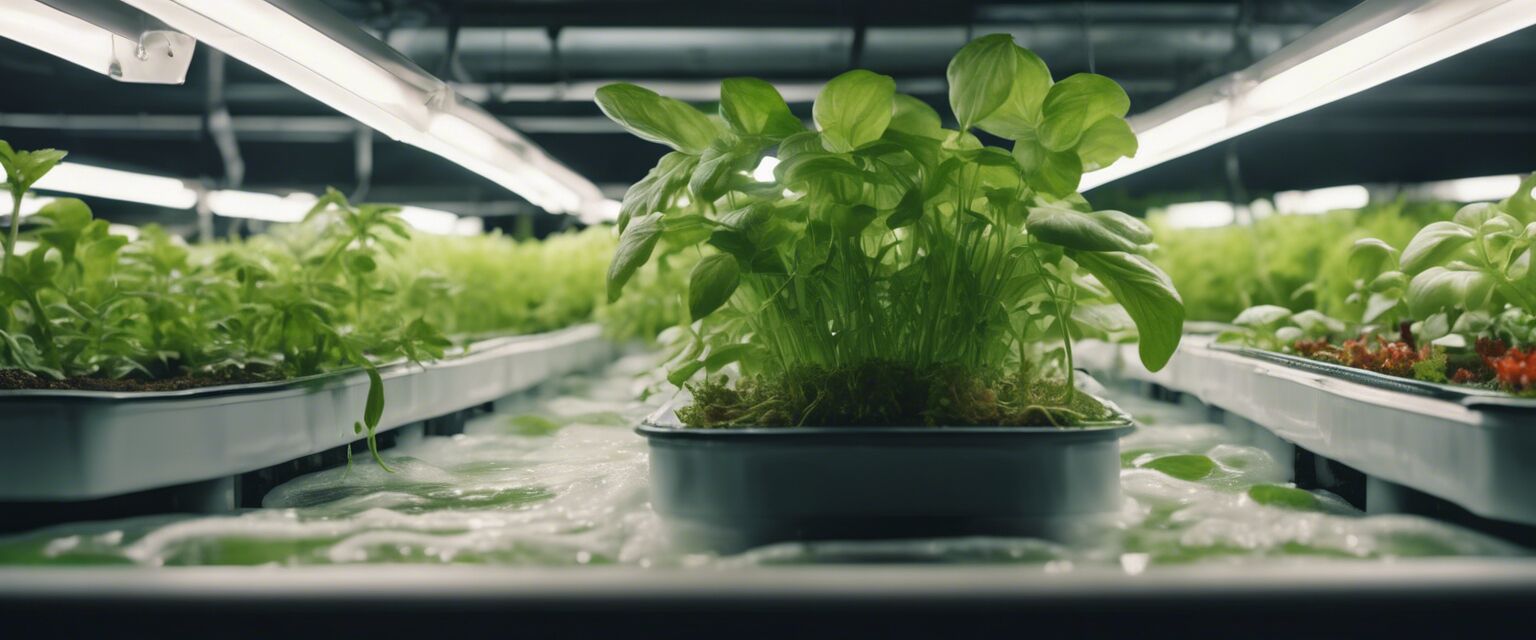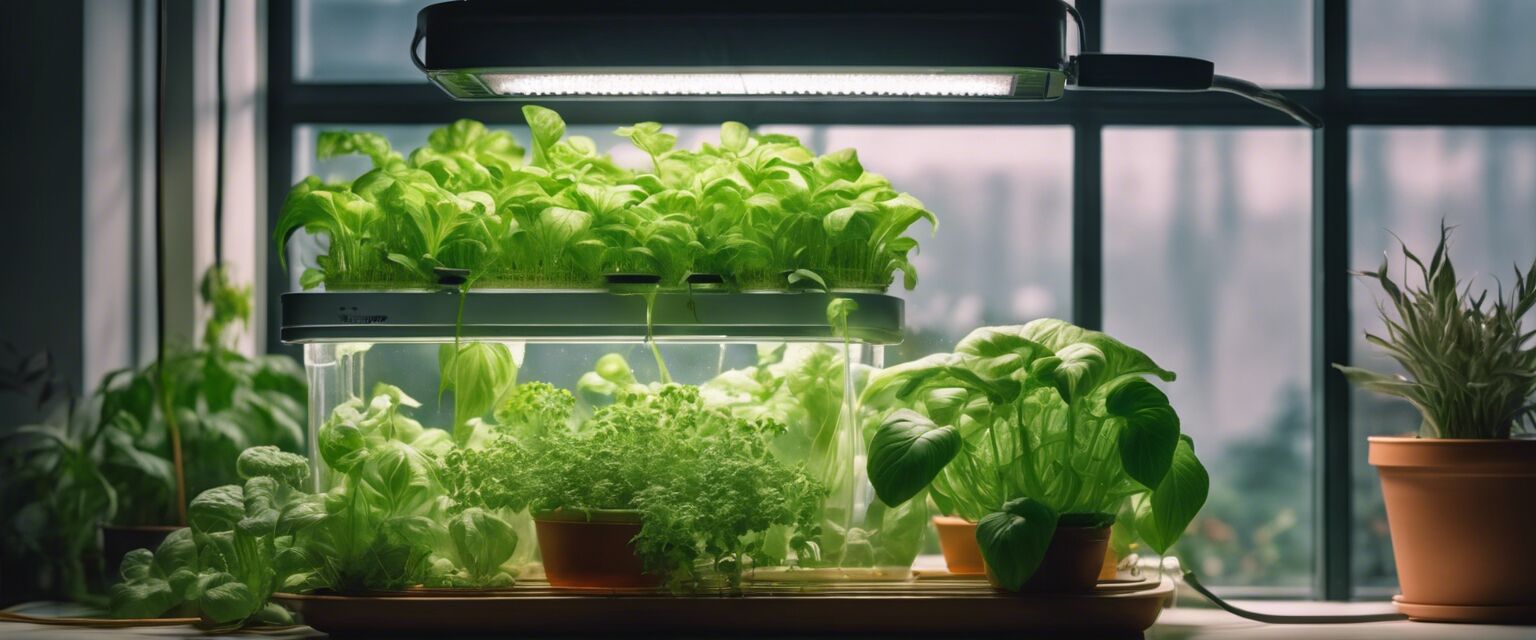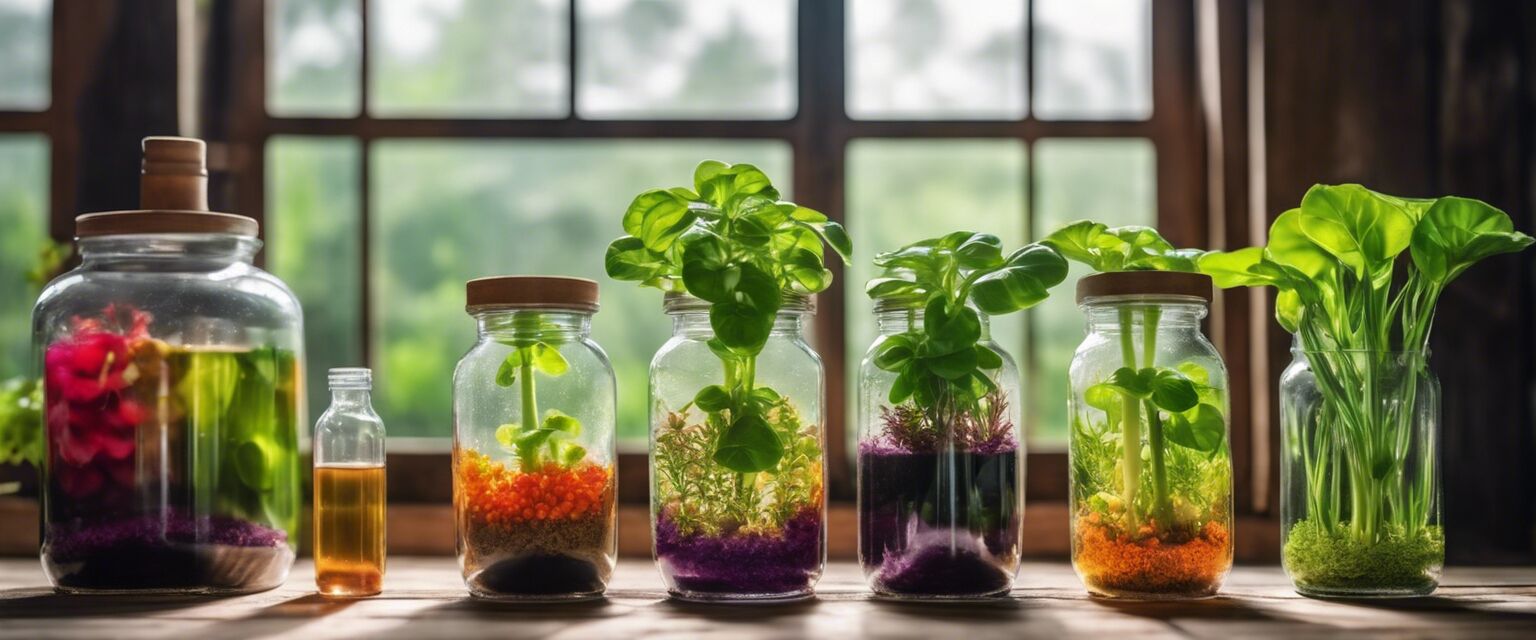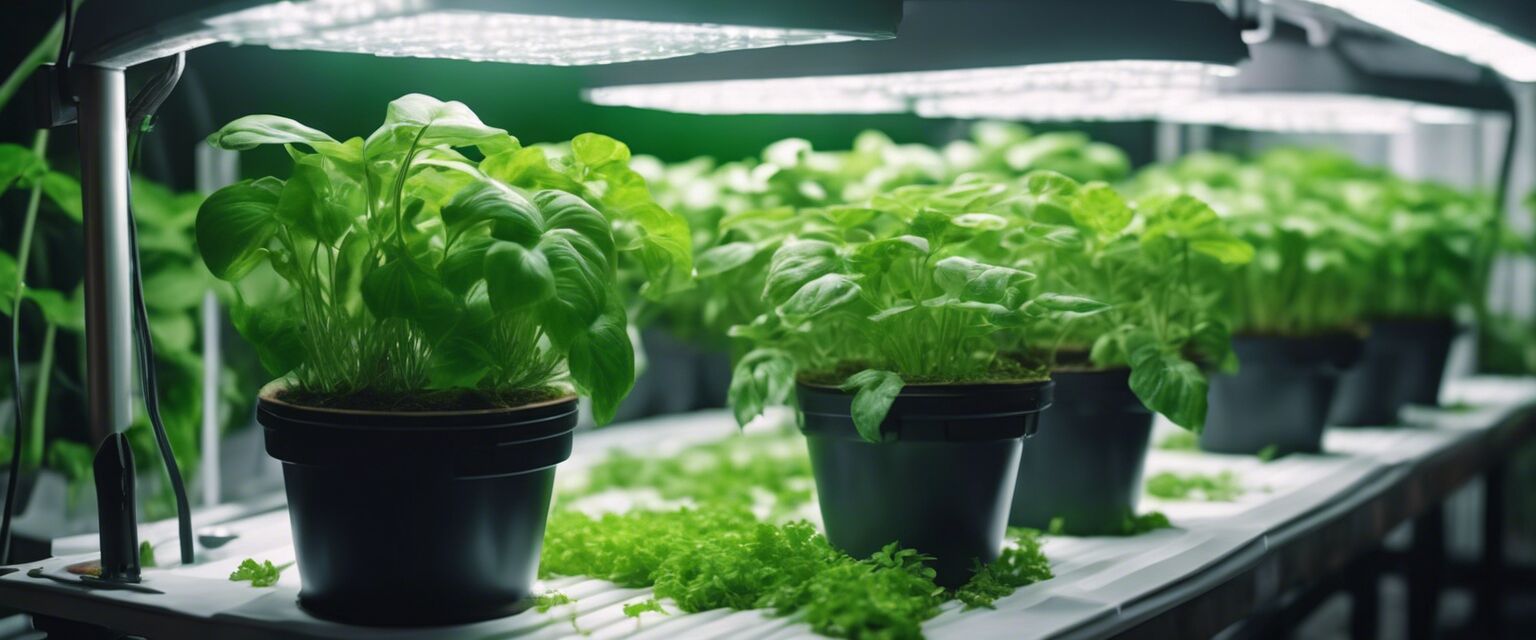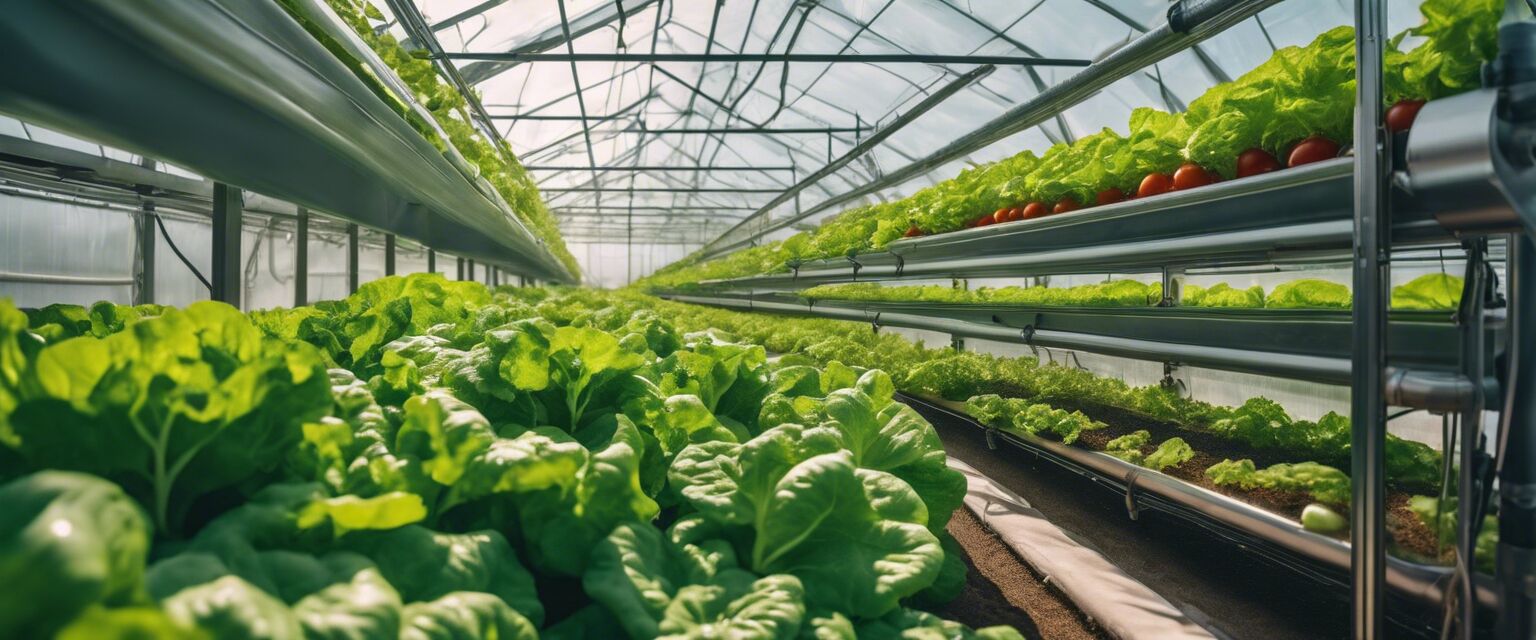
Advanced Hydroponic Techniques
Key takeaways
- Advanced hydroponic techniques include aeroponics, aquaponics, and vertical gardening.
- These systems optimize plant growth, space, and water usage.
- Understanding the differences can help you select the best method for your gardening needs.
In the world of hydroponic gardening, advanced techniques are gaining traction for their efficiency and effectiveness. This article will explore the depths of aeroponics, aquaponics, and vertical gardening, providing insights into their unique systems and benefits. Whether you are a seasoned gardener or a beginner, understanding these techniques can elevate your gardening experience.
Aeroponics
Aeroponics is a cutting-edge method that involves growing plants in an air or mist environment without the use of soil. This technique allows for maximum oxygen exposure to the roots, leading to faster growth rates.

How Aeroponics Works
Aeroponics systems utilize a setup that delivers nutrients in the form of a mist. Hereâs how they operate:
- Plants are suspended in a dark chamber allowing roots to hang freely.
- A nutrient solution is misted onto the roots at regular intervals.
- Excess moisture is evaporated, allowing oxygen to reach the roots effectively.
Benefits of Aeroponics
| Benefits | Description |
|---|---|
| Faster Growth | Plants grow significantly quicker than in traditional soil methods. |
| Less Water Usage | Utilizes up to 90% less water compared to traditional gardening. |
| Space Efficient | Can be set up in compact spaces, perfect for urban settings. |
Aquaponics
Aquaponics combines aquaculture (raising fish) with hydroponics. This technique creates a symbiotic environment where fish provide nutrients for plants, and plants help filter the water for the fish.
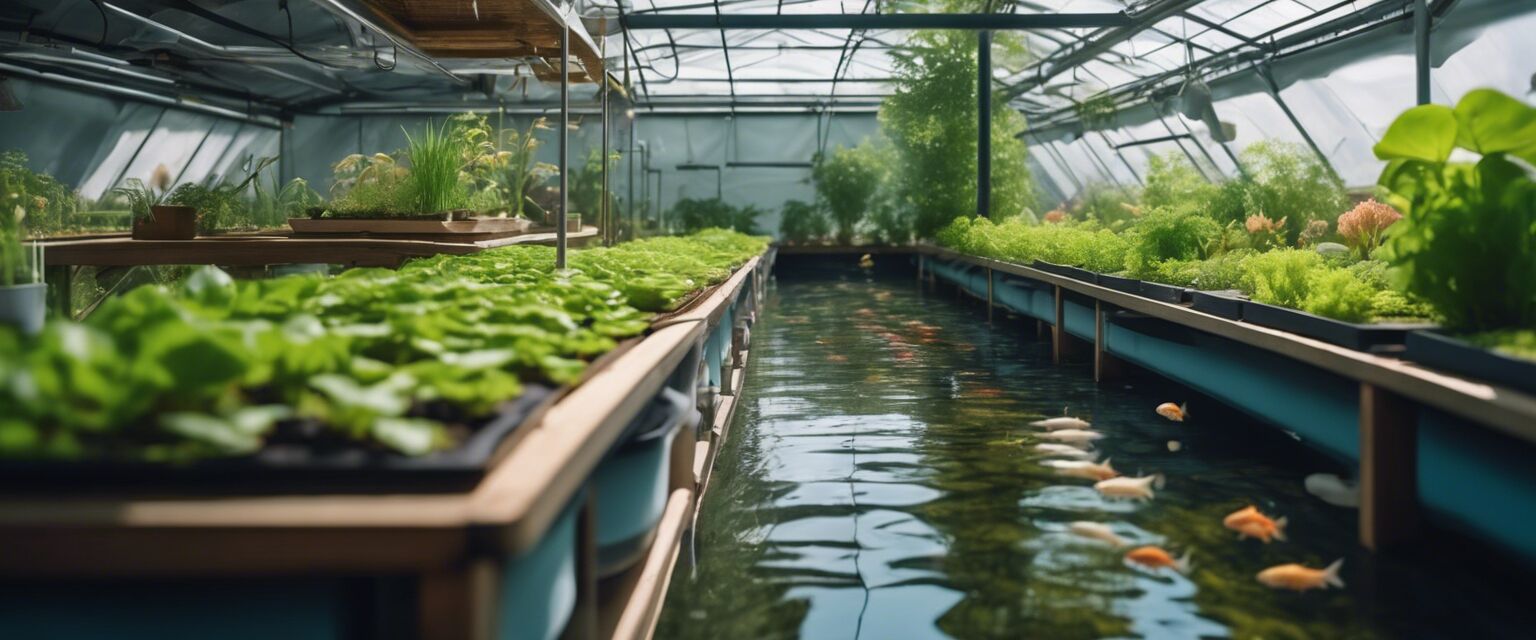
How Aquaponics Works
Aquaponics operates using a natural ecosystem where:
- Fish waste is broken down into nitrates, acting as nutrients for plants.
- Plants absorb these nutrients, filtering the water before it returns to the fish.
- This cycle continues, creating a sustainable garden environment.
Benefits of Aquaponics
| Benefits | Description |
|---|---|
| Sustainable | Reduces waste and water usage, promoting eco-friendly gardening. |
| Higher Crop Yields | Integrated system encourages robust plant growth. |
| Fresh Fish Production | Provides an additional food source alongside fresh vegetables. |
Vertical Gardening
Vertical gardening is the practice of growing plants in vertically stacked layers, often using hydroponic systems. This method is ideal for maximizing limited space.

How Vertical Gardening Works
This technique employs the use of vertical structures to support plant growth:
- Plants are secured on a vertical frame, reducing the area needed for growth.
- Nutrient solutions are delivered to all plants at once, ensuring equal distribution.
- Light can reach all plants more effectively due to their arrangement.
Benefits of Vertical Gardening
| Benefits | Description |
|---|---|
| Maximized Space | Great for urban gardeners with limited space. |
| Improved Aesthetics | Adds visual appeal to indoor and outdoor spaces. |
| Diverse Crop Options | Allows for a variety of crops in one system. |
Choosing the Right Technique
When deciding on an advanced hydroponic technique, consider the following factors:
- Available space: Vertical gardening might be ideal for compact areas.
- Budget: Aeroponics can be more costly to set up initially.
- Type of crops: Aquaponics is great if you want both plants and fish.
Conclusion
Advanced hydroponic techniques like aeroponics, aquaponics, and vertical gardening represent the future of sustainable agriculture. They offer innovative solutions to traditional gardening challenges while promoting efficient water and space use. Understanding the mechanics and benefits of each can help you make informed decisions about your gardening approach.
Beginners' Tips for Advanced Hydroponics
- Start with a smaller system to learn the basics before scaling up.
- Regularly monitor pH levels and nutrient concentration for best results.
- Research the types of plants that thrive in each system.
- Consider local climate conditions when choosing your hydroponic method.
- Join online forums or communities to share experiences and tips.
Pros
- Efficient use of resources (water, space, nutrients).
- Higher plant growth rates.
- Year-round gardening potential.
- Less risk of pests and diseases typical in soil gardening.
Cons
- Initial setup can be expensive.
- Requires regular monitoring and maintenance.
- Some operations may require technical knowledge.
- Equipment failures can lead to quick crop loss.
